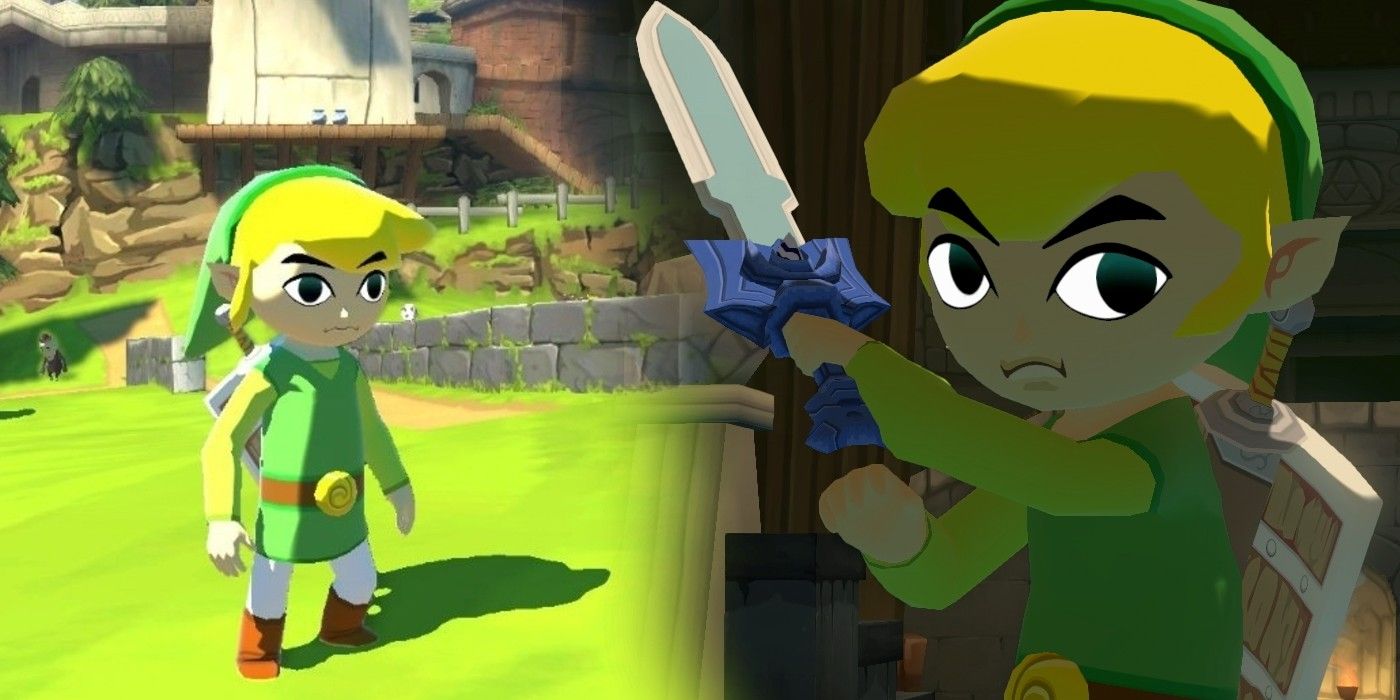The cartoonish and vibrant cel-shading art style of The Legend of Zelda: Wind Waker has charmed millions of fans over the years, but the series creator Shigeru Miyamoto wasn't a fan, an interview reveals. Miyamoto is known worldwide as the legendary game maker behind many of Nintendo's popular properties. His creations, like Donkey Kong, Mario, Star Fox, and Pikmin, remain special in many players' hearts, and each offers unique and recognizable art styles.
The transition from 2D to 3D was difficult for many game makers during the 90s. However, when Zelda: Ocarina of Time was released on the Nintendo 64 in 1998, it redefined what many people thought video games could be. Players experienced a new sense of freedom and adventure thanks to the game's art style and design. Developers used the assets and lessons they learned to develop the sequel The Legend of Zelda: Majora's Mask, which remains one of the darker Zelda games. With the release of the more powerful Nintendo GameCube, Miyamoto was excited to build on the style established in Ocarina of Time and Majora's Mask to make the most realistic-looking Zelda game yet. However, newly translated interviews reveal Nintendo's own development team and artists had another idea they chose to keep secret from Miyamoto.
Newly uncovered interviews about The Legend of Zelda: Wind Waker's development reveal that Miyamoto disliked the game's cel-shaded art style and wouldn't have approved it. In a video by DidYouKnowGaming (via Nintendo Everything) covering Zelda: Wind Waker's development secrets, it was explained that Wind Waker was initially planned to have a more realistic look. However, the development team's artists came up with Toon Link's design, and series producer Eiji Aonuma fell in love with it. Aonuma said in the interview, "If I had gone and talked to him from the very beginning, I think he would've said 'How is that Zelda?" Things came to a head when Miyamoto had to give a presentation on Wind Waker against his wishes. Afterward, he said, "You know, it's not too late to change course and make a realistic Zelda," to Aonuma.
Development continued on Wind Waker even though Miyamoto wasn't one-hundred percent sold on the project. At the time, the Zelda development team wasn't very big, and it would have taken the team around ten years to create a more realistic-looking Zelda game. Because of this, Miyamoto eventually embraced Toon Link at the end of development. While Wind Waker was different from Miyamoto's original vision, a more realistic style for Zelda was achieved in the 2006 release of The Legend of Zelda: Twilight Princess, giving players a glimpse at how flexible the world of The Legend of Zelda can be.
The latest game in the series, Breath of the Wild, was another drastic departure from previous games. Breath of the Wild feels like a natural evolution of the open-world freedom players expirienced when playing Ocarina of Time, but with the same brightly colored and less realistic styles reminiscent of Wind Waker's Toon Link. Like with each new addition to the series, fans are highly anticipating 2023's Breath of the Wild 2, but there likely won't be any drastic shifts in style like Zelda: Wind Waker for the next adventure in Hyrule.
Sources: DidYouKnowGaming?/Youtube, Nintendo Everything

